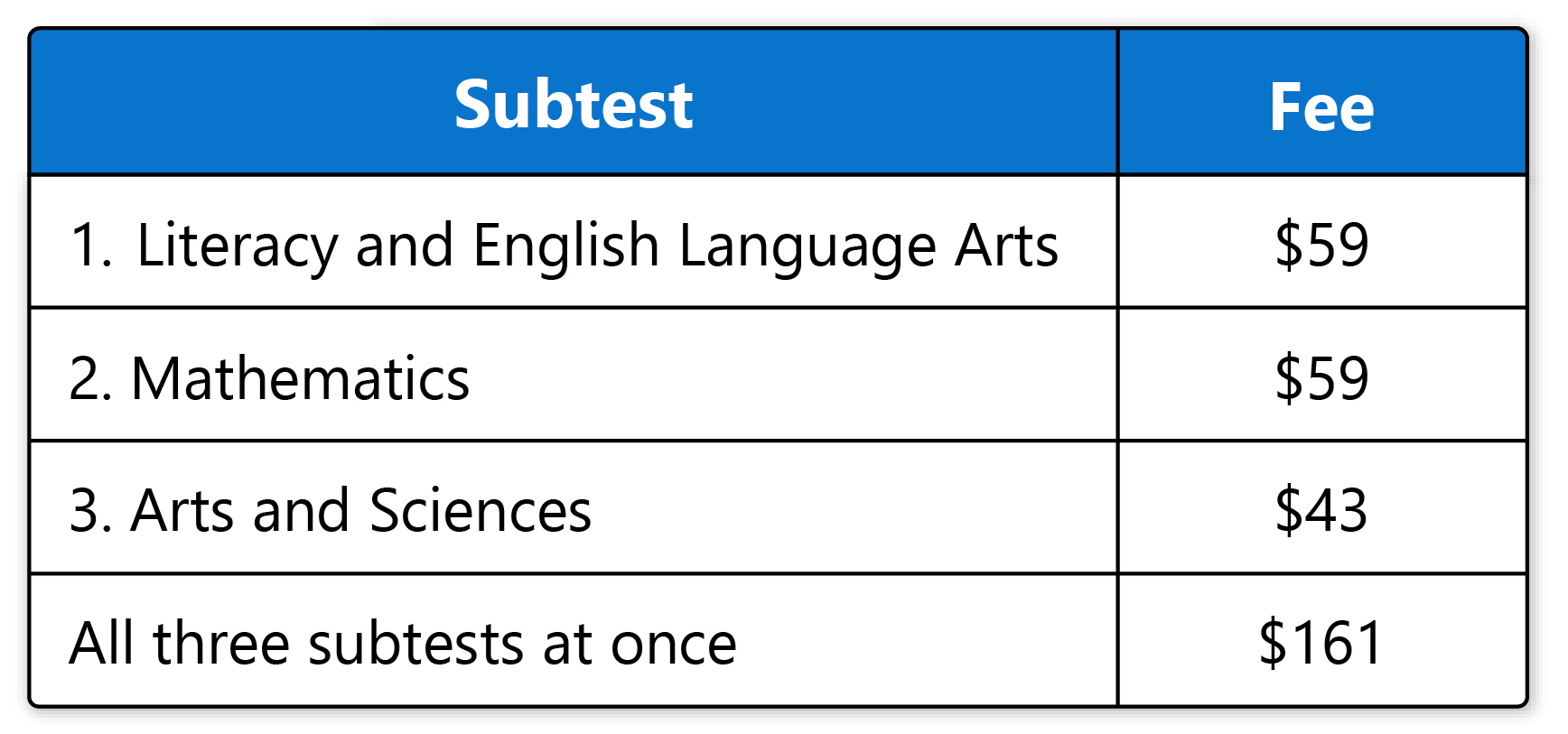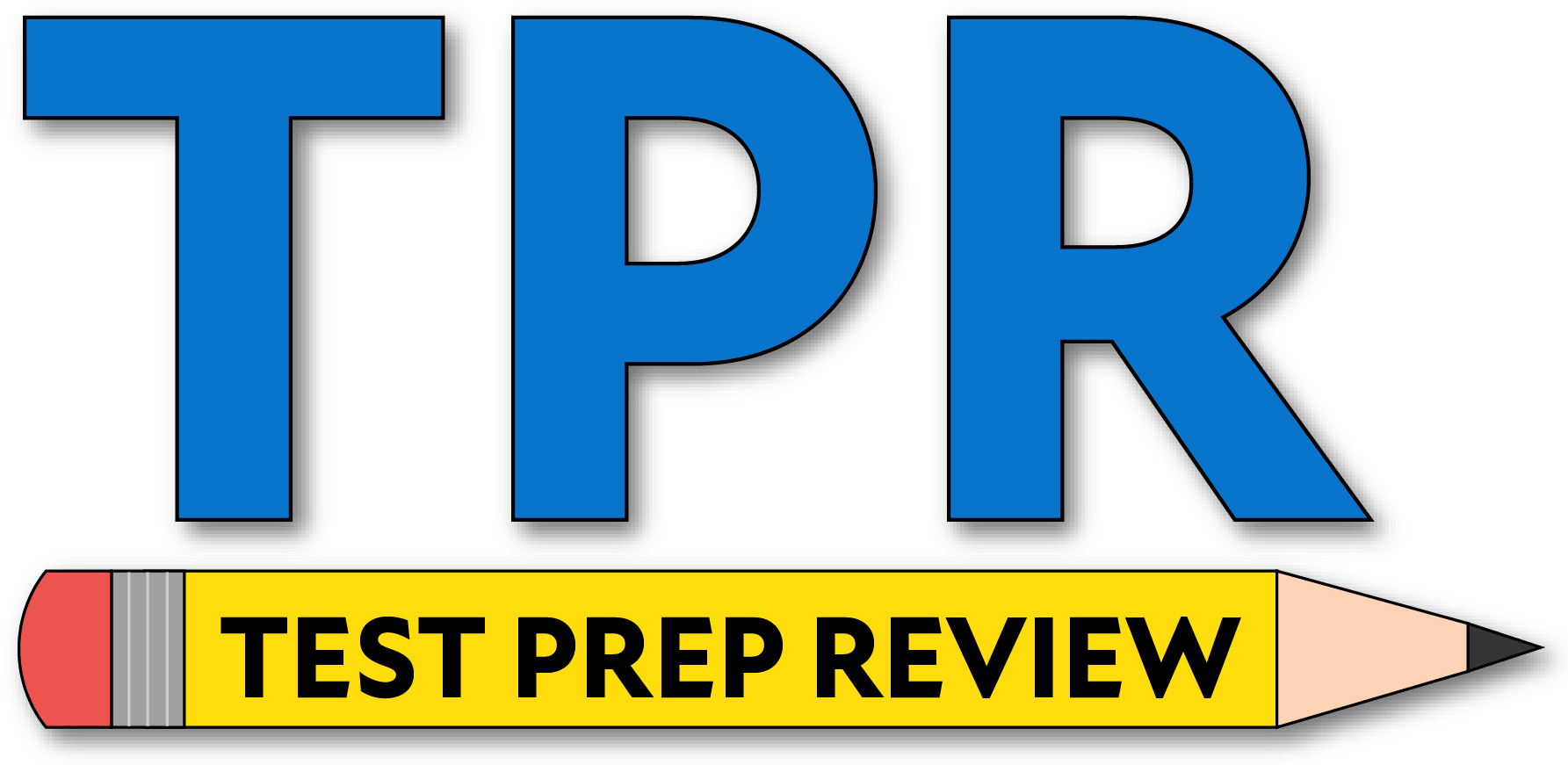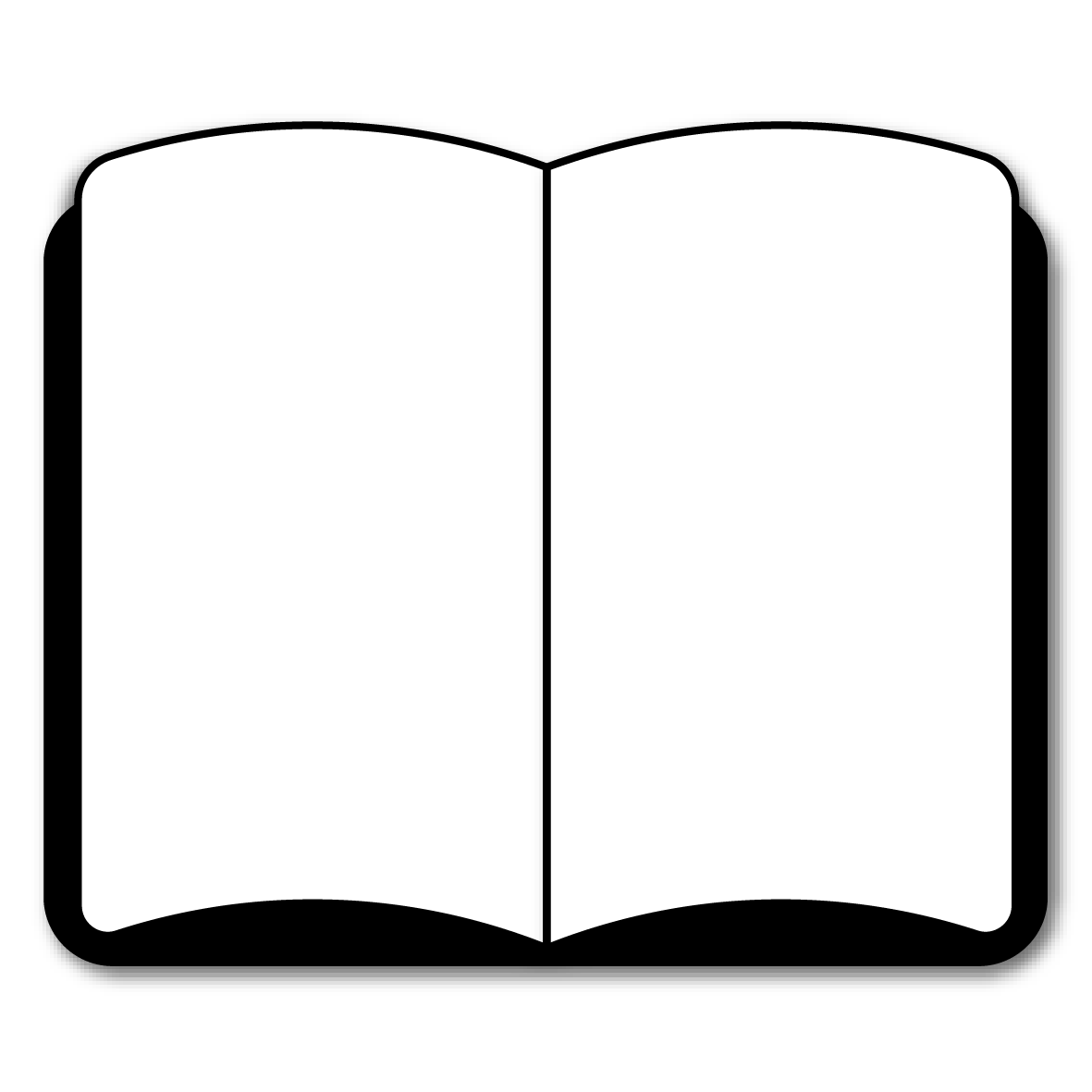If you need help studying for the NYSTCE Multi-Subject: Secondary Teachers exam or just want some more information about what the test is like, you’ve come to the right place.
Click below to take a free NYSTCE Multi-Subject: Secondary Teachers practice test!
What’s on the Exam?
There are 121 questions on the exam, which are grouped into three subtests, and the time limit is 3 hours and 15 minutes.
The questions are split into two types:
120 questions
Selected-response questions require you to select the correct answer from a list of options. Multiple-choice questions are the most common example, but you may also see true-or-false questions and “matching” questions, which ask you to match terms or concepts with their definitions.
Constructed-Response (CR)
2 questions
The constructed-response questions require you to write your answer instead of selecting from a list of choices. Your response to these questions is generally expected to be at least a few sentences, but you’ll be given specific details and instructions before you take the test.
Let’s take a closer look at the different subtests on the exam.
1. Literacy and English Language Arts
41 questions | 2 hours
- Language and literacy development
- English language arts
- Instruction in vocabulary
- Instruction in language knowledge
- Text complexity and instruction in text comprehension
- Instruction in reading literature and informational text
- Instruction in writing different types of text
- Instruction in writing and research to build and present knowledge
- Instruction in speaking and listening
- Analysis, synthesis, and application (constructed-response question)
2. Mathematics
41 questions | 2 hours and 15 minutes
- The real number system
- Ratios and proportional relationships
- Algebra
- Linear, quadratic, and simple exponential functions
- Geometry
- Data, statistics, and probability
- Analysis, synthesis, and application (constructed-response question)
3. Arts and Sciences
40 questions | 1 hour
- Science and technology
- Concepts, theories, and principles relating to the physical setting
- Concepts, theories, and principles relating to the living environment
- Technology and the principles of engineering design
- The relationships among science, mathematics, and technology
- Applying knowledge and skills in science, mathematics, and technology to other areas
- Major ideas, eras, and developments in the history of the world, the United States, and New York
- Geographic concepts and phenomena
- Human development and interactions
- Economic and political principles and systems
- The roles, responsibilities, and rights of a US citizen
- Social studies skills
- The materials, techniques, and concepts of the visual arts
- Analyzing works of visual art
- Producing, listening to, and responding to music
- Analyzing musical works
- Materials, techniques, and concepts of theater and dance
- Analyzing works of drama and dance
- Personal, interpersonal, and community health and safety
- Physical education concepts and practices
- Health-related physical fitness concepts
- Child development and care concepts
- Consumer economics and personal resource management
- The basic principles of career development
How to Register
To get started with your registration, you’ll need to create an account on the NYSTCE website. You can then register for the exam and schedule a test date through your account.
When you submit your registration, you’ll need to pay the applicable testing fee:

Exam Scores
The test is scored using a scaled scoring method. Here’s how it works:
For every question you answer correctly, you get one point added to your raw score. At the end of the test, your final raw score will be converted to a scaled score. This scaled score will range somewhere between 400 and 600.
The reason your raw score is converted to a scaled score is because everyone who takes the test is given a slightly different set of questions. Since everyone has a different arrangement of questions, and because some questions are harder than others, converting your raw score to a scaled score ensures a more even playing field.
FAQs
How many questions are on the NYSTCE Multi-Subject 7-12 exam?
The exam contains 122 questions.
What is the time limit for the NYSTCE Multi-Subject 7-12 exam?
The full exam is timed at 5 hours and 15 minutes.
What is the passing score for the NYSTCE Multi-Subject 7-12 exam?
You’ll need to get a final scaled score of at least 520 on each subtest to pass.
How much does the NYSTCE Multi-Subject 7-12 exam cost?
The testing fee for the full test is $161.
NYSTCE and New York State Teacher Certification Examinations are trademarks of the New York State Education Department and Pearson Education, Inc. or its affiliate(s). This page was developed by Mometrix Test Preparation. It was not developed in connection with Pearson Education, Inc., nor was it reviewed, approved or endorsed by these agencies.



 NYSTCE Study Guide
NYSTCE Study Guide NYSTCE Flashcards
NYSTCE Flashcards